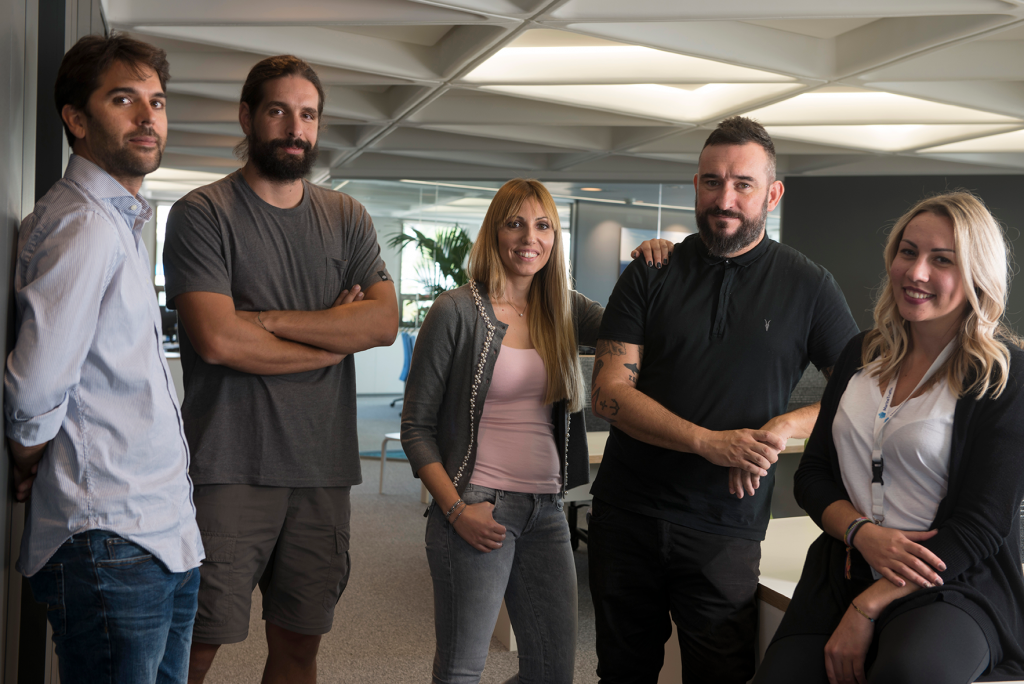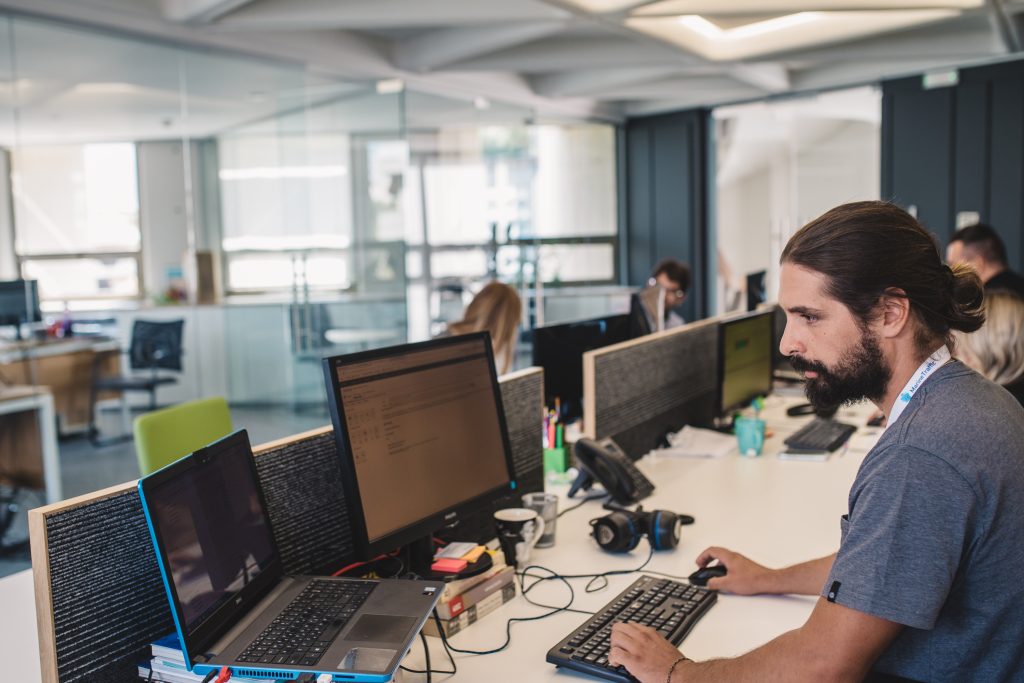Nicola Perobelli, Head of Marketing, explains how MarineTraffic is changing the way the world views shipping.
If you climb to the very top of the hill that overlooks Piraeus, you’ll be rewarded with a remarkable view. From this vantage point, you’ll be able to survey the comings and goings at one of the world’s most important ports: you can watch the ferries shuttling in and out of the passenger port and spy the tangle of cranes in the shipyards and cargo docks. Looking further out to sea, you’ll see a constellation of yachts, ferries, tankers and other vessels on the move for as far as the eye can see.
On a clear day, you might be able to see 20-30km out into the blue waters of the Aegean. Yet, we can see no further than the Ancient Greek lookouts could from that same hill two-and-a-half millennia ago. And Twentieth century technologies barely enabled us to increase that viewing distance. So, what happens to ships when they pass beyond the horizon remains a mystery.
When we consider that two thirds of the earth’s surface is covered by sea and what we can see from land is just a small fraction of that, we begin to realise how much of the ocean, the marine world and, ultimately, how much of our own planet is still invisible to us. But in November 2007, a single event kickstarted a revolution that resulted in vast swathes of the planet becoming visible like never before.
When MarineTraffic founder Professor Dimitiris Lekkas realised the potential of re-purposing the AIS system, originally designed for security and collision avoidance, he took the first step toward an international network that today allows us to pinpoint the location of every ship on the planet, up to every minute – for the first time in history.
MarineTraffic recently celebrated its tenth anniversary, it’s time to reflect on the seismic shift created by this idea and the positive disruption created by its mission to bring full transparency to the maritime industry. This article – and our magazine as a whole – serves not just to explain the function and contribution of each department within MarineTraffic, but reveal how four key pillars explain the company’s success, define its identity and will shape its future evolution.
“After you create a major disruptive event, you need to time to appreciate the result of your actions,” explains Nicola Perobelli, Head of Marketing at MarineTraffic. “When we went live, we started something major that has had huge repercussions, but we needed a period of self- analysis and reflection to make sense of it. I don’t think the 40 million people who use the service per year understand the significance of what they are part of – and it took us a while to understand our popularity, what value we were offering to people and assess how much disruption we have created in the industry.”

Nicola likens the impact of MarineTraffic to lifting a blindfold from someone’s face and allowing them to see for the first time. With each successive improvement to the product – from the increased scale and accuracy, to the introduction of analytics – the company has improved people’s ability to see further and with more clarity. As more users have adopted the service and the information has influenced improvements in their operations – say, suppliers maximising their reach into certain sectors of the industry or shippers moving to more efficient freight terminals – the real world impact of the service has increased exponentially. But Nicola argues that nothing compares to the major disruptive moment of transitioning from blindness to sight, which occurred when the service launched in November 2007.
Nicola’s period of reflection revealed that MarineTraffic is built on four major pillars. Firstly, data is the company’s lifeblood. Increasing the quality of data inputs and processing ability allows consistently raising the standard of data outputs for each user, giving them more useful information targeted to their needs. Secondly: people. MarineTraffic is in many ways a crowd-sourced operation, with an enormous community of volunteers, from station operators to photographers and curators all feeding back to the core team, who develop the system from the Athens office. None of the last ten years would have been possible without the enormous contribution from people across this dispersed network – such as the volunteers who translated 90 percent of the site into Spanish in just one week.
Shipping forms the third pillar. MarineTraffic users are from the maritime domain and all the data gathering is concerned with knowing as much as possible about shipping, which brings us to the final and most fundamental pillar: transparency. “Shipping has historically been an opaque industry and most shipping companies still believe that transparency is bad,” Nicola says. “But we believe that by creating the most complete possible image of global shipping, this transparency will usher in enormous benefits for all, allowing everyone to operate more safely and efficiently.”
It has been hard to convince some areas of the industry to embrace transparency, but Nicola argues that a major cultural shift is now underway. “Companies are beginning to realise that if they don’t share information, they won’t get the crucial information they need in return,” he says. “Users have embraced transparency and are gaining the confidence to ask for what they want to know. We have set something unstoppable in motion: people will keep pushing to see more and more, for ever greater transparency. And we’re evolving to meet those needs.”
People use MarineTraffic for a wide range of requirements, from the predictable: brokers looking for insights into specific industrial sectors, to the impossible to foresee: the Italian woman who uses it to get to sleep every night, like counting sheep. But understanding what customers need is crucial to Nicola’s role, and understanding how these needs will change over time in a world saturated with information is crucial to the future of MarineTraffic. If the service is to continue to thrive, Nicola argues that it has to move beyond allowing people to merely see the global shipping industry, but towards helping them to understand it, by harnessing increasingly sophisticated analytics.
“If the last ten years have taught us anything, it’s that driving this movement towards greater transparency will throw-up endless unforeseen benefits for users and the wider maritime ecosystem”, Nicola explains. “To continue with this disruption and provide users with crucial, relevant information, you have to be asking the right questions. If you successfully understand what you’re offering, the market you serve and who you are as a company, then you will be much better placed to understand what your customers will need tomorrow.”
